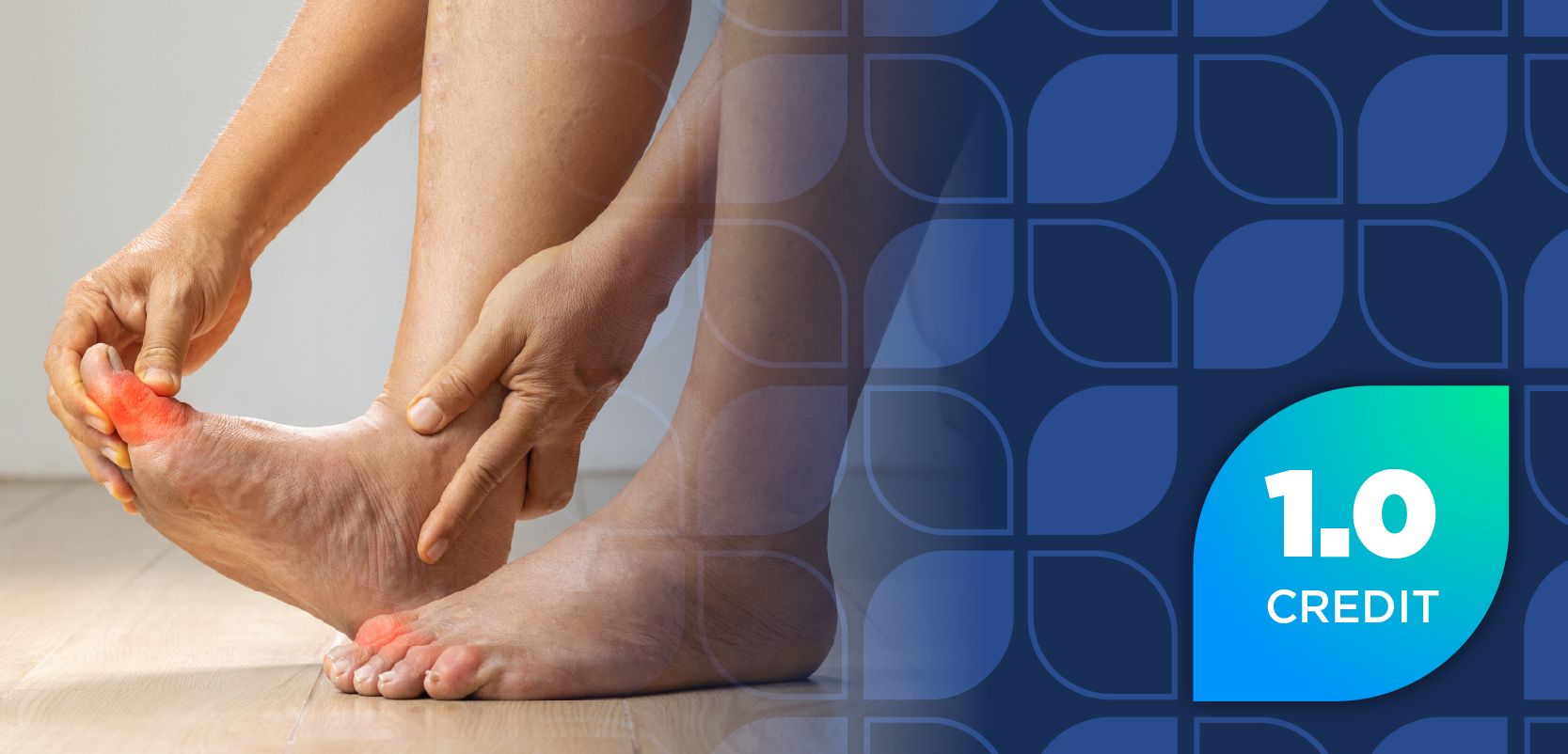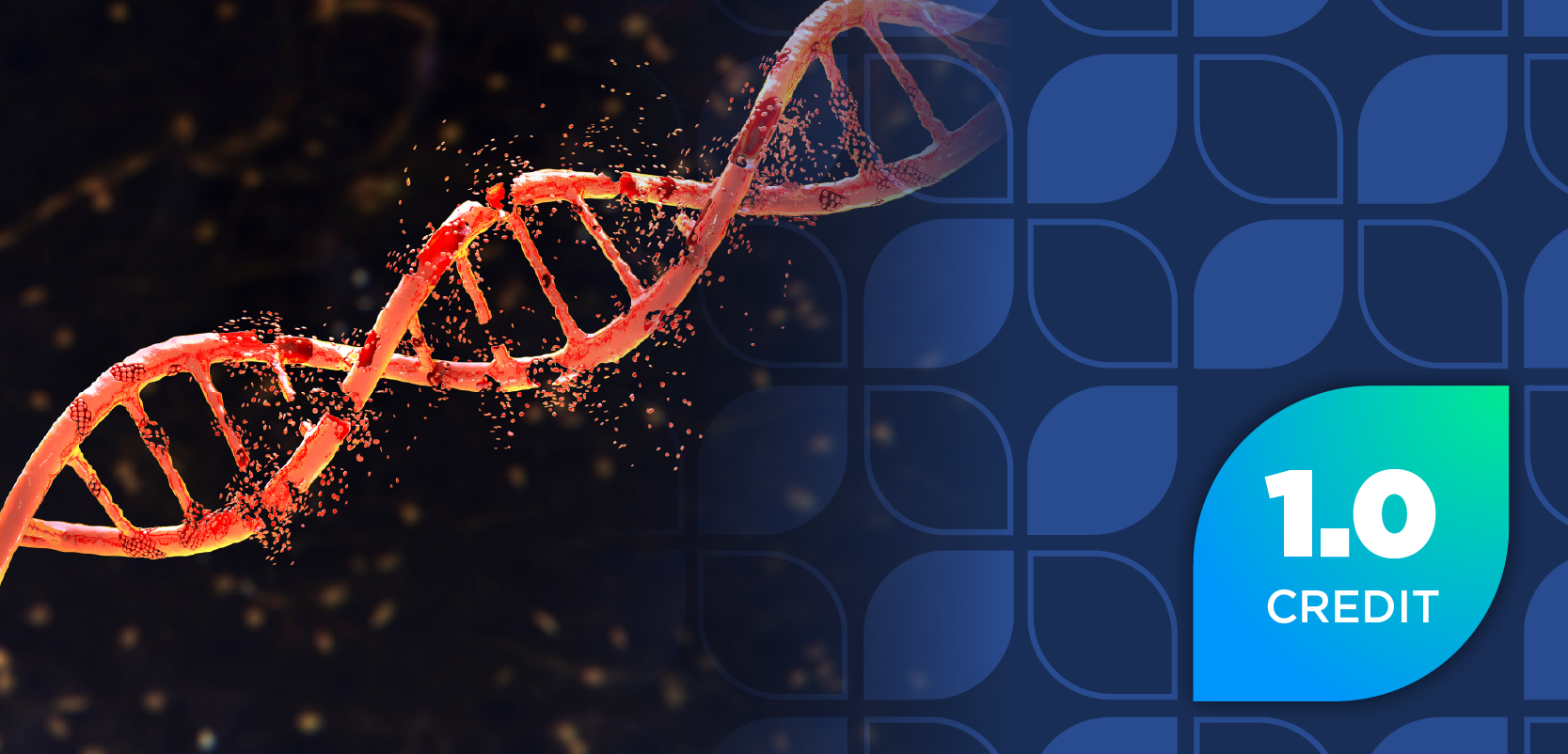
ADA 2025: Breaking Barriers in Glucagon Prescription
Experts discuss the low prescription rates of ready-to-use glucagon for individuals with diabetes.
In an interview with Pharmacy Times®, Jennifer Goldman, PharmD, CDCES, BC‑ADM, FCCP, Massachusetts College of Pharmacy and Health Sciences, and Diana Isaacs, PharmD, BCPS, BCACP, BC-ADM, CDCES, Cleveland Clinic Diabetes Center, shared insights from their presentation, “Closing the Critical Care Gap: Making Hypoglycemia Readiness Routine,” which will be shared at the 85th Scientific Sessions of the American Diabetes Association (ADA) in Chicago, Illinois.
Goldman and Isaacs discussed the significant barriers to glucagon prescription and utilization for individuals with diabetes. They highlighted that only 4% of the 15 million people using insulin have a glucagon prescription, largely due to misconceptions about ease of use, cost, and insurance coverage. The pair emphasized the importance of educating providers, pharmacists, and patients about the availability of new, easier-to-use glucagon formulations. Goldman and Isaacs noted that recent ADA guidelines recommend glucagon for anyone on insulin, but implementation and awareness remain challenging.
Pharmacy Times: What are the primary barriers to the widespread prescription and utilization of ready-to-use glucagon?
Jennifer Goldman, PharmD, CDCES, BC-ADM, FCCP: There are a lot of different barriers to not getting glucagon, and I think that the paper that we wrote, “Out of Sight, Out of Mind,” is a big barrier. People forget they're very hyper-focused on this is your medication, and let's look at your CGM, and let's do all these other things, and out of sight, out of mind.
Diana Isaacs, PharmD, BCPS, BCACP, BC-ADM, CDCES: I also think that for the longest time, glucagon was not easy to use. You had to reconstitute it and mix a dry powder with a diluent and do this mixing in an emergency and draw it up and inject it. For that reason, I think it was very much underprescribed. Even though now we have easier-to-use formulations, like you said, it is out of sight, out of mind.
Goldman: I think people don't even realize that the ready-to-use formulations are available. When people are even thinking about glucagon, they're thinking about that old kit, which is what you just described, so they don't even know.
Isaacs: People make assumptions like, oh, well, there's easier-to-use glucagon, but it must be too expensive. My insurance isn't going to cover it, and so people don't even try to prescribe it.
Pharmacy Times: Experts are calling for urgent action regarding severe hypoglycemia guidelines. What specific areas need addressing, and how can they be improved?
Isaacs: I think the guidelines have gotten better in terms of their mention of glucagon. Now, for anyone that's on insulin, even if that's a basal insulin, the ADA standards of care mention that they should be prescribed glucagon. I think that has evolved. But as we know, it takes a while when something's in the guidelines for it to get implemented. I don't know that everyone knows that that is in the guidelines, and so it's still underprescribed.
Goldman: For sure. There are 8 million people using insulin, 7 million on sulfonylureas, and 15 million people, but only 4% of those people have a glucagon prescription. One of the things that's near and dear to my heart and important to me is educating patients, but also educating providers, educating pharmacists, and educating anyone who prescribes or anyone who has a touchpoint with somebody who's at risk of hypoglycemia to make sure that they can have ready-to-use glucagon.
Isaacs: For sure. The other thing is, we also need to ask when the last time they used glucagon and make sure they have an active prescription and that their glucagon, if they do have it. It's not expired.
Newsletter
Stay informed on drug updates, treatment guidelines, and pharmacy practice trends—subscribe to Pharmacy Times for weekly clinical insights.
















































































































































































































